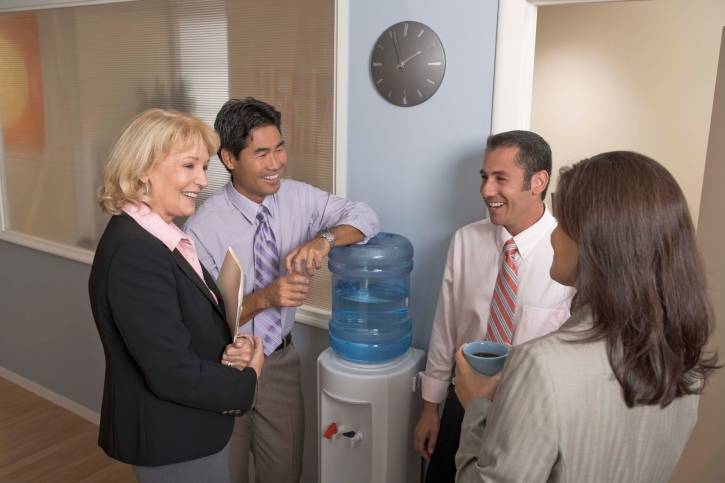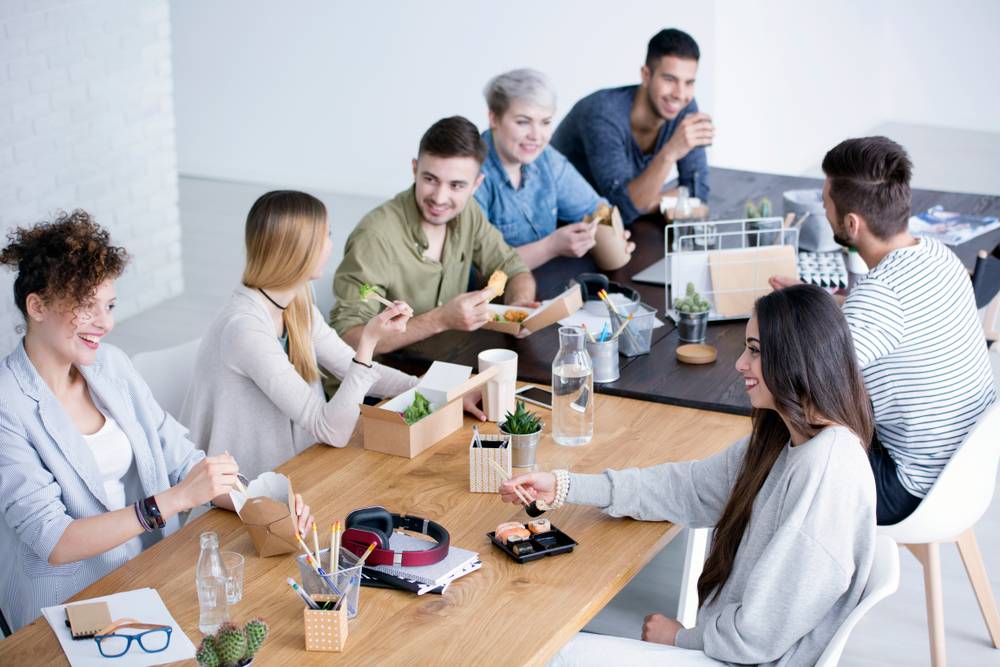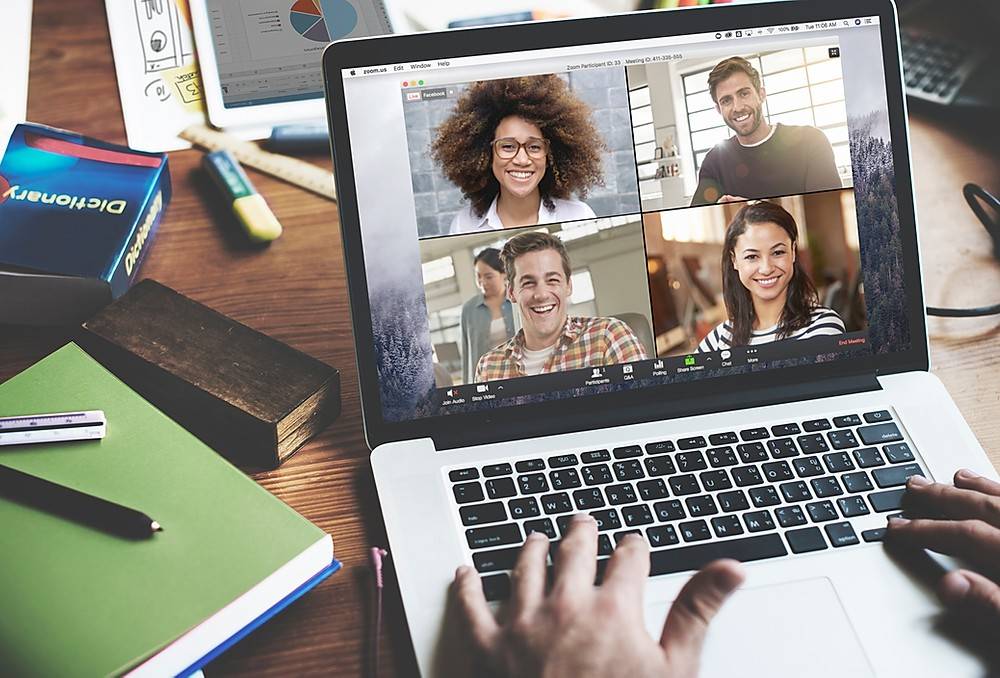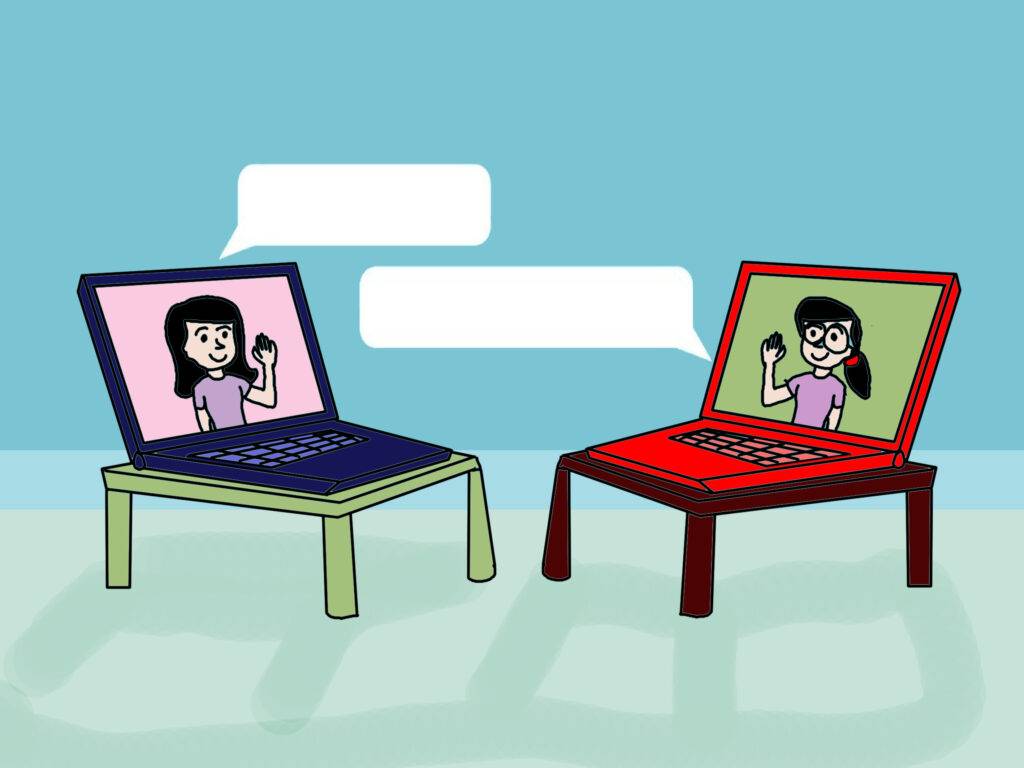Building Relationships while Social Distancing
Ever since I graduated from high school 20 years ago, I moved around a lot. 1 year in Colorado, 3 years in LA, 2 years in Charlotte, 1 year in St Louis, 5 years in Belgium, and now 8 years in Denmark. As I moved around, I had to learn how to make friends and quickly connect with colleagues. And truth be told I am not naturally gifted at doing this. I am a true introvert, and trying to form relationships with strangers is not something I enjoy.
When I look back over the years, I ended up making friends with the people closest to me, and I don’t mean closest in terms of similarity or connection. I mean closest in terms of I saw them a lot. My closest friends in Charlotte were my neighbors and my classmates. My main friend in St Louis sat 2 desks down from me at work. This pattern continued in every place I lived. My roommates, neighbors, colleagues, and classmates were where I made my friends.
My story shouldn’t be a surprise for most of you, as most of us make friends this way. But it isn’t some old wives’ tale we all believe. Research has proven that proximity and the frequency of interactions dramatically increase trust and feelings of closeness amongst people.
Unfortunately, social distancing due to COVID-19 is making it impossible to be physically close to people or have frequent in person interactions. So I thought I would write this article about why proximity builds trust, and what we can do to still build trust in a socially distant environment. I also recommend looking at my other tools and articles about working from home and virtual teams on my website: www.CavemanInASuit.com
Building Relationships while Social Distancing
You have stronger relationships with people who are physically closer

The first study looking at how the number of interactions built trust amongst people was published by Leon Festinger, Stanley Schachter, and Kurt Back in 1950. They examined the choice of friends and relationships within housing apartments. What they found was that relationships were often connected to how physically nearby the people lived. We now call this effect the “proximity effect.”
For example, people living on the second floor of a building were significantly more likely to be friends with other second floor residents, and not people living on the other floors. Even more interestingly, the residents that lived near communal areas tended to have a broader range of relationships. For example, the people living near a stairwell or the mailboxes on the ground floor had significantly more relationships with people on the upper floors when compared to other ground floor residents.
Festinger et al. believed that this was evidence that the foundation of friendships were small passive interactions. Very few people ever go up to someone and say “Let’s be friends.” For most of us, it starts with seeing each other around. Eventually that leads to small talk, and getting to know each other better. And if your interests are similar, it eventually turns into friendships. But it all starts with having small interactions.
Building Relationships while Social Distancing
Weradith is why the proximity effect works

At the root of the proximity effect, is a phenomenon that has been studied since 1876; the “mere exposure effect”. Basically, people tend to develop preference for things merely because they are familiar with them. Through the lens of the proximity effect, friends are made from people we frequently see and are familiar with. And while that might make sense for friendships, the mere exposure effect also works on completely random things.
Robert Zajonc is by far the most well-known researcher who studied the mere exposure effect, and the majority of his studies showed just how silly the mere exposure effect can make people act. He would first show participants some random images. Later in the session he would reshow some of the original images, but also add in some of the new images. Even though these were random images with no inherent value to the person, participants would rate the originally viewed images more positively than the new images.
The images Zajonc would use were things that often meant nothing to the participants, like polygons, Chinese characters, fictitious company logos, and made up words. But merely seeing the object once, transformed it from something random with no value, into something that they liked. Think about this for a second. This would mean that if I asked you to compare two made up words, Weradith and Acaer, you would subconsciously rate Weradith more positively because you were exposed to it in the title of this section.
Building Relationships while Social Distancing
How to apply the proximity effect while social distancing

In an office environment, the mere exposure effect and the proximity effect occur all the time. We were constantly interacting with colleagues at their desk, bumping into them near the coffee machine, and eating lunch with them. Without even thinking about it, these constant interactions built trust and positive feelings for your colleagues. Unfortunately, we are now in an environment where physical proximity is not always possible.
If you want to build or improve a relationship with a remote colleague, focus on creating a lot of small interactions. This does not have to seem like you are a creep or you are cyber stalking the other person. Focus on normal things. Text them or instant message them to check in. Or better yet, ask them to join you for a “coffee”. It may sound silly, but I have known quite a few teams that have practiced “virtual coffees”. In essence, people would take 5-10 minutes to have a quick phone / video meeting to just catchup, and see how the other person was doing. In this manner, they were able to replicate some of the proximity effect, even though it was planned interactions.
I also suggest that you plan the proximity effect into your team meetings. In the transition to working remotely, a lot of leaders will have the desire to replicate their in person work schedule (i.e. have a weekly team meeting). But only seeing your colleagues once a week can be incredibly lonely. Instead, focus on lots of smaller meetings where you all use video conferencing. I also suggest you always put 5-10 minutes in every meeting to talk about non-work related topics. In essence, you need to schedule the conversations you would normally have around the water cooler.
Building Relationships while Social Distancing
Customer facing roles need to leverage the proximity effect while working remotely

Customer facing roles (sales, customer service, etc…) should also use the proximity effect when building relationships with customers. Sales people tend to know this, as they recognize that initial meetings do not often lead to a sale. They know it is the subsequent visits when the customer has started to form a positive viewpoint of the salesperson and the products / services. So, for customer facing roles, do not sit around waiting for the customer to come to you. Even if you don’t land a sale, merely visiting the customer will significantly increase their opinion of you.
But in this new work from home reality, your sales and customer service roles need to be video chatting with their customers. Now is not the time to be hiding behind systems or emails. Put a face with the name, and proactively interact with your customers. By being actively aware of the proximity effect, you can leverage these small virtual interactions to build strong relationships.
Building Relationships while Social Distancing
Building Relationships in our new reality

As you can see, half the battle of building relationships is just showing up and interacting with the other person. But our new reality is such that interacting with others wont be the same as it was. We can’t rely on coffee machines and casual lunches to build relationships. In fact, we can’t rely on any naturally occurring interactions. If we want to build relationships with our friends and colleagues, we will have to consciously make those interactions happen.
Now don’t get me wrong, this is going to be tough. I, like a lot of you, am looking forward to being back in the office interacting with colleagues. And I wish we could go “back to normal”, but until a sustainable solution is developed I am going to be limiting my physical interactions. And that means that I need to start having virtual lunches with my colleagues, or scheduling 10 minute catchup chats. If I don’t do these things, then social distancing might quickly turn into social isolation.
Building Relationships while Social Distancing
More Virtual Team Activities / Exercises
- How to stop interruptions so you can focus
- 4 questions that build Psychological Safety
- Coat of Arms
- Two Pictures
- Build an Availability Calendar
- Four-Word Snapshots
- Communication Best Practices
- Tips from Remote Workers
I want to highlight where I first read about these research studies. I found them and many other interesting studies in “The Science of Likeability: 27 Studies to Master Charisma, Attract Friends, Captivate People, and Take Advantage of Human Psychology” by Patrick King. Most research articles can be quite boring to read and the most interesting ones are hardest to find, but King was able to pull together some of the most interesting articles, and write about them in an engaging and human manner. You don’t need to be a psychologist to understand his key points.

Leave a Reply